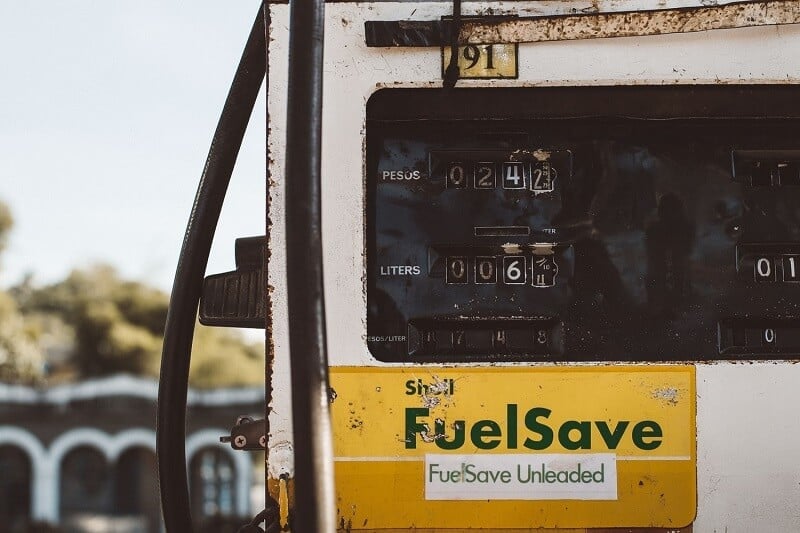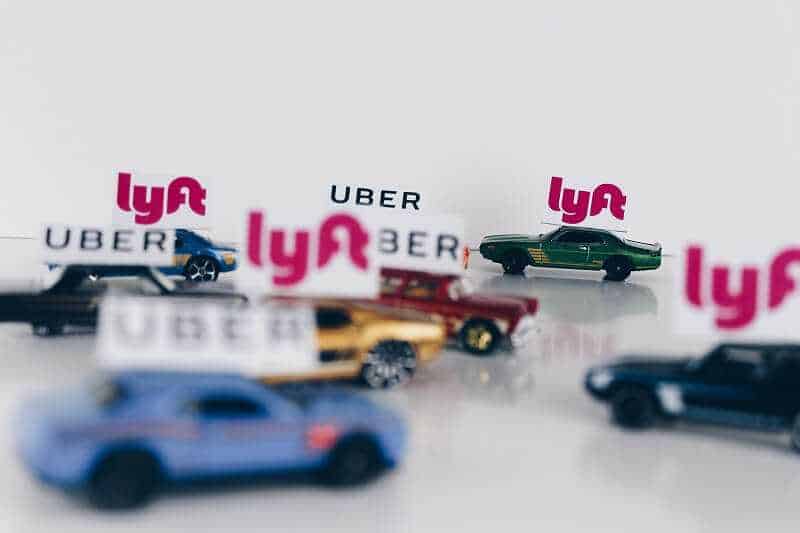 Investors’ demand drove Saudi Aramco market value to $2 trillion on the first 2 days of trade in Riyadh
Investors’ demand drove Saudi Aramco market value to $2 trillion on the first 2 days of trade in Riyadh
But the dilemmas about Aramco investing rose. Yes, Saudi Aramco (SE:2222) reached the $2 trillion target. Saudi leader Crown Prince Mohammed bin Salman had a wish, and it became a truth on Thursday, December 12. Aramco shares have been rising for the second day to make Saudi Prince happy. Finally, this guy has a chance to show how big visionary he is.
Aramco’s initial public offering (IPO) is the cornerstone of his vision to provide Saudi’s economy the independence from oil. The money ($25.6 billion) collected by selling the shares of Aramco will be used for developing some other fields of the national economy. That is how the plan was presented in public. So far, so good.
This is a tremendous opportunity for the Kingdom. Oil has long been the main export product for Saudi Arabia and Aramco is the biggest oil company in the world.
The end of the fairy tale?
The bubble around Aramco shares grows. Even before its IPO. It was represented as a great investment, a great opportunity for investors all over the world. But just be careful. If some sharks are buying those shares it doesn’t mean that everyone should do the same. Maybe Saudis have to do that but you don’t. Saudi Aramco is a state-owned company and some Saudis, according to media reports, are taking loans to buy the shares.
Saudi Aramco’s IPO gives opportunities for Saudi citizens. Now, they can have a part of this Kingdom’s crown jewel. And everyone is excited, full of optimism and enthusiasm. But, where is the limit of it?
Must be somewhere.
The share price is high in December, as we can see and it seems it will rise more. But what if the stock is overvalued? What if it is a bubble? It will explode and the prices will eventually fall.
Don’t miss: Trading With Success – A FULL guide for beginners
Why the dilemmas about Aramco investing arise?
For several reasons.
Saudi Aramco has become the most valuable listed company in history. This oil producer gained a market value of $1.9tn on its first day of trade.
Shares were climbing almost $200bn above the $1.7tn valuation established before its market appearance on Riyadh’s stock exchange.
This the biggest “provider” of the climate crisis had been valued at more than Apple and Facebook together. Also, double more than Amazon and Alphabet.
On the second trading day, it hit the $2 trillion target.
But investors should be worried because of the company’s relationship with a state. And it isn’t SOME state. Saudi Arabia is well known as related to human rights abuses and with some dark things too. Have you ever asked yourselves why the main support for the company comes from the Saudis and the Middle East?
But the main concern comes from investment index providers such as S&P Dow Jones, MSCI, or FTSE.
They all said they will include Aramco shares into their indices. What are the consequences? Well, the investors from all around the world, pension funds and other funds will be forced to buy these Aramco shares.
The dilemmas about Aramco investing came directly from the state of Saudi Arabia.
Saudi officials said that the government will sell more shares after the IPO. If the Saudi government does so, it will overwhelm the market with additional shares. And the bubble burst is coming!
The sale of more shares by the government could easily cause the price of Aramco shares to decrease notably.
Bottom line
We don’t want to say that you should or shouldn’t invest in Saudi Aramco. We just want to say that you should avoid Aramco-mania. Stock investing is risky. In the markets, nothing goes up permanently. So, keep this in mind. And invest smartly and carefully.



 by Gorica Gligorijevic
by Gorica Gligorijevic